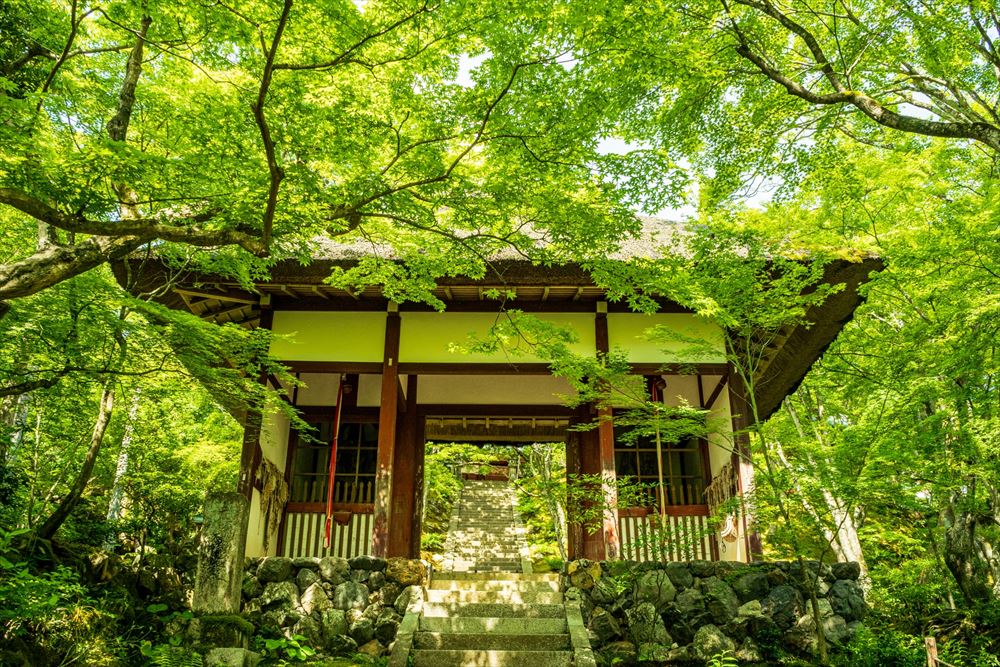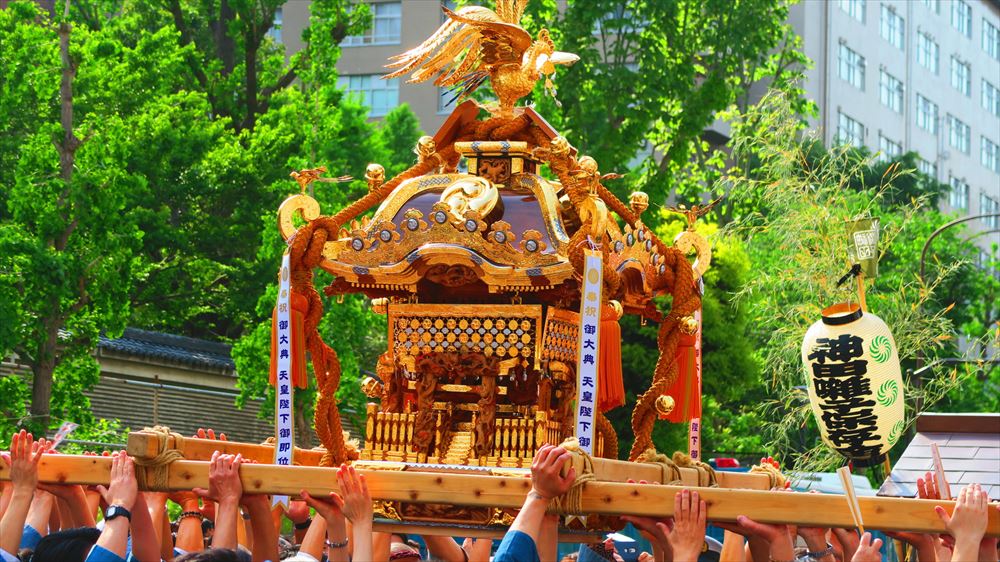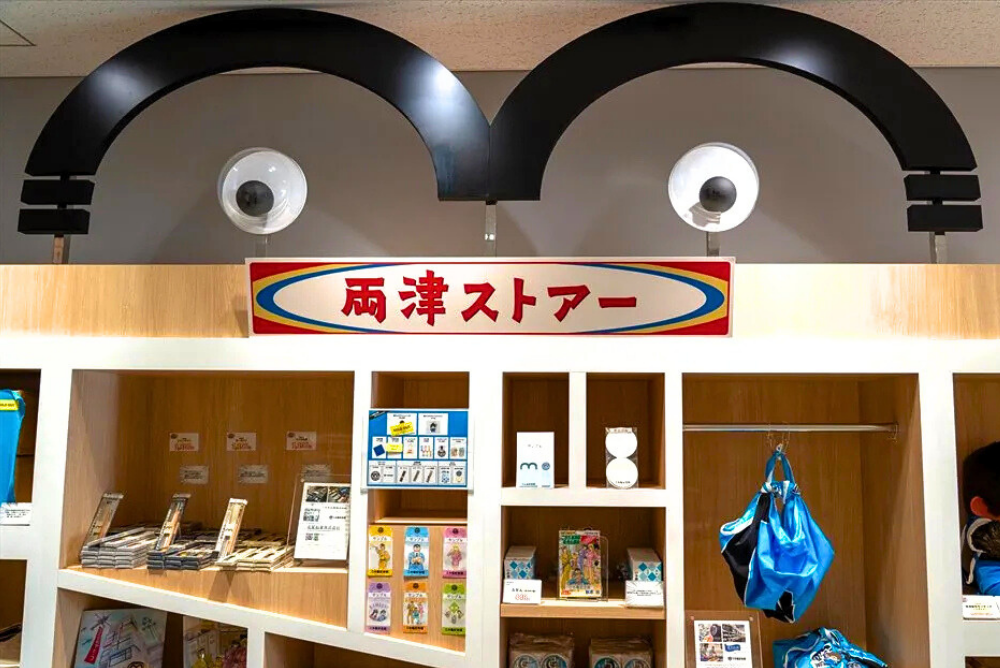
MYOSHINJI AND SHUKUBO TEMPLE LODGINGS (ATT.JAPAN ISSUE 37)
MYOSHINJI AND SHUKUBO TEMPLE LODGINGS (ATT.JAPAN ISSUE 37)
Myoshin-ji Temple is located in the western part of Kyoto City, with a quiet and peaceful atmosphere. Myoshin-ji is the head temple of the Myoshin-ji school of the Rinzai-shu Sect of Buddhism and has about 3,500 affiliated temples throughout the country. Sanmon Gate, Butsuden (Buddhist sanctum), and Hatto (lecture hall) are three of the main structures in the temple complex’s huge precincts, and there are more than 40 sub-temples, as well. Most buildings are historical ones. The scenery in the temple reminds you of an ancient town. Just walking around in the precincts is interesting.
Daihojo (large priest’s hall) and three other temples – Taizo-in, Keishun-in and Daishin-in – are usually opened to the public. Unryuzu is a painting of a dragon painted on the ceiling of Hatto by Kano Tanyu. How did he paint such a huge painting on the ceiling? It is a very dynamic dragon depiction. The Sanmon Gate is the 3rd oldest temple gate in Japan following those of Tofuku-ji and Daitoku-ji. Anyone can participate in regular Zen meditation.
Taizo-in was built in the Muromachi era (1392-1573). Hyonenzu is a famous early ink painting based on the Zen koan (a paradoxical question for Zen meditation) about how to catch a catfish by using a gourd. Daishin-in has a noted karesansui dry landscape garden called “Auntei.” Daishin-in and Torin-in run temple lodgings called “shukubo.”
Episodes of Shukubo
Daishin-in has run shukubo temple lodgings for a long time and over that time has had many foreign guests. Unfortunately, some have had some difficulties as they don’t know or are unsure of how to follow Japanese customs.
“Some foreigners don’t know where they should take off their shoes. At the entrance, duckboards are laid out in the front of shoe cupboards. Usually we take off our shoes in front of the duckboards and stand directly on top of them – without our feet touching the ground. However, some foreigners stand on the ground when they take off their shoes and as a result, their feet become dirty and then they track dirt inside when they enter. They know they should take off their shoes but don’t understand why they should take them off there,” Osho (a bonze) at Daishin-in said humorously.
There are other humorous episodes involving guests from afar. “One night, I found a French guest reading a book by candlelight in the room. It was a very romantic atmosphere, and I was impressed that French people obviously liked such an atmosphere. However, when questioned, the French guest said that as the fluorescent lighting was too bright he had gone out and removed a candle from the main hall of the temple. (A prohibited action!)”
Another example – “Someone drained water from the communal bathtub after finishing their soak – just as you would in a western style bath. This and a number of other types of trouble, some beyond my own imagination, have occurred,” he added, laughing.
Eating shojin-ryori (vegetarian dishes served in temples) and experiencing a session of zazen (seated meditation) in quiet temples are attractive and interesting ways to experience Japanese culture. However, and moreover, it is the openhearted character and hospitality of Osho that serves as one of Myoshin-ji’s prime attractions whenever you may visit.
| Telephone number | 0754615226 |







